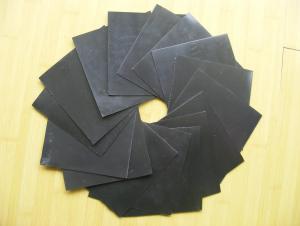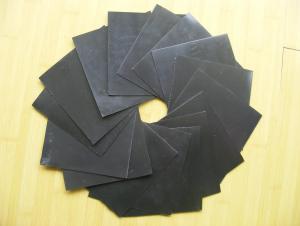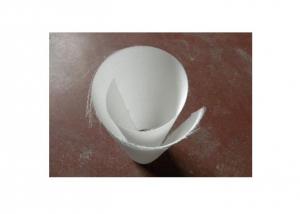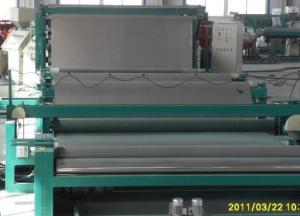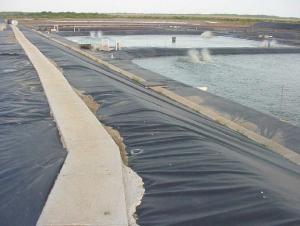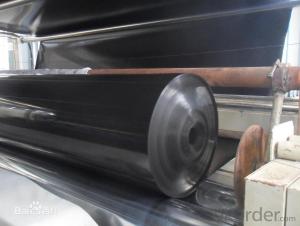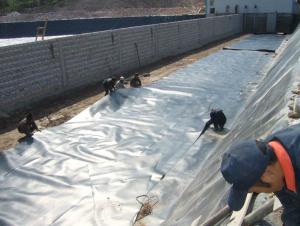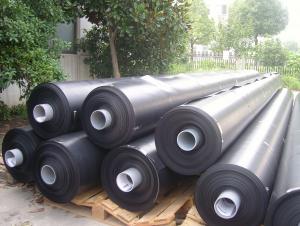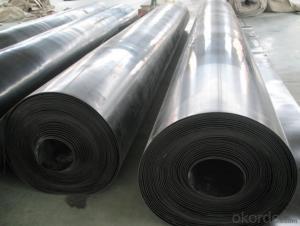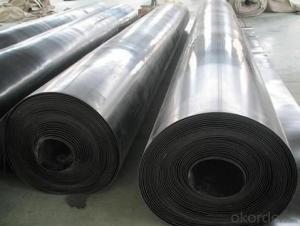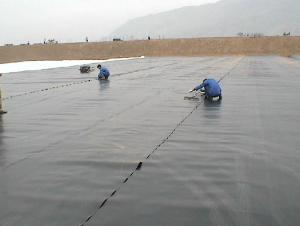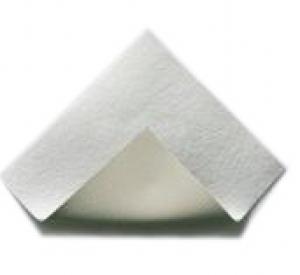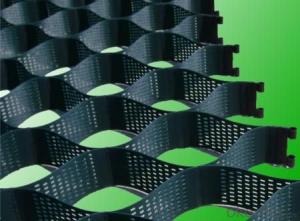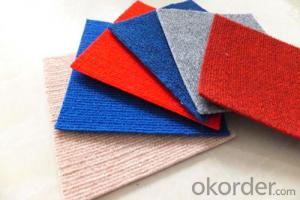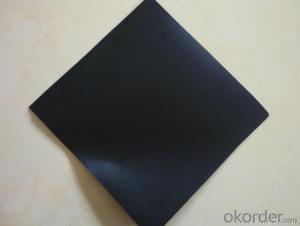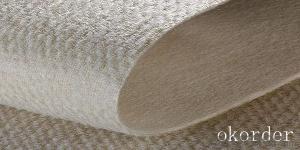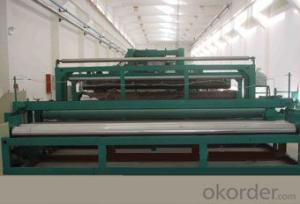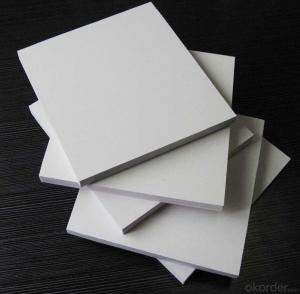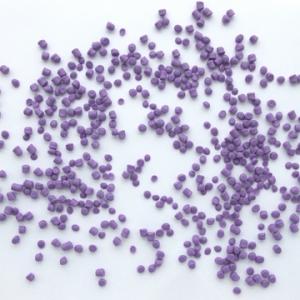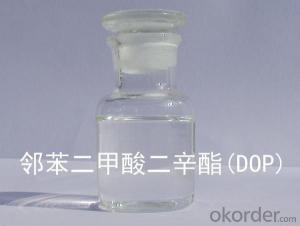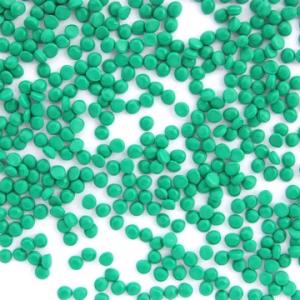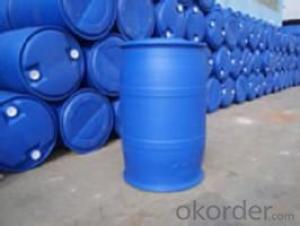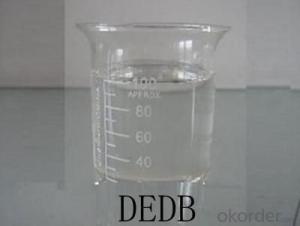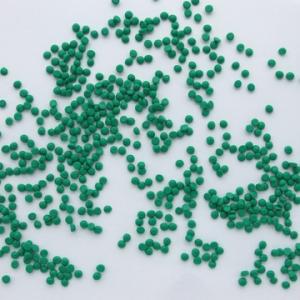Gse Geomembrane
Gse Geomembrane Related Searches
Gse Hdpe Geomembrane Gse Hd Smooth Geomembrane Rpe Geomembrane Pe Geomembrane Bgm Geomembrane Geomembrane Machine Wholesale Geomembrane Gse Geocomposite Geocomposite Membrane Plastic Geomembrane Geomembrane Material China Geomembrane Geomembrane Thickness Geomembrane Self Adhesive Tpo Geomembrane Geomembranes Gm13 Geomembrane Conductive Geomembrane Geomembrane Technologies Geomembrane Company Pvc Geomembrane Geomembrane Containment Permeable Geomembrane Geomembrane Systems Geomembrane Landfill Geomembrane Etanche Geomembrane Hdpe Geomembrane Technologies Inc Geomembrane In Hdpe Geomembrane ImpermeableGse Geomembrane Supplier & Manufacturer from China
Gse Geomembrane is a high-performance geomembrane product that is widely used in various applications. This product is designed to provide excellent waterproofing and sealing capabilities, making it ideal for use in civil engineering projects, environmental protection, and waste management. Gse Geomembrane is known for its durability, flexibility, and resistance to chemicals, which allows it to be utilized in a broad range of scenarios, including landfills, reservoirs, and canal linings. The product's versatility ensures that it can be tailored to meet the specific needs of each project, providing a reliable and efficient solution for waterproofing and containment.Gse Geomembrane is extensively used in various industries due to its outstanding performance and adaptability. It is particularly popular in the construction of water reservoirs, where its ability to prevent water seepage is crucial. Additionally, it is used in the lining of landfill sites to prevent the leakage of hazardous waste and protect the surrounding environment. The product's resistance to UV radiation, chemicals, and temperature fluctuations makes it suitable for long-term use in outdoor applications. Gse Geomembrane is also employed in the agricultural sector for pond lining and irrigation systems, ensuring efficient water management and minimizing water loss.
Okorder.com is a leading wholesale supplier of Gse Geomembrane, boasting a large inventory that caters to the diverse needs of customers worldwide. As a reputable supplier, Okorder.com ensures that the Gse Geomembrane products they offer are of the highest quality, meeting international standards and specifications. Their extensive inventory allows them to provide customers with the necessary quantities and varieties of Gse Geomembrane, ensuring that projects can be completed on time and within budget. By partnering with Okorder.com, customers can benefit from competitive pricing, prompt delivery, and excellent customer service, making them the go-to choice for Gse Geomembrane procurement.
Hot Products



